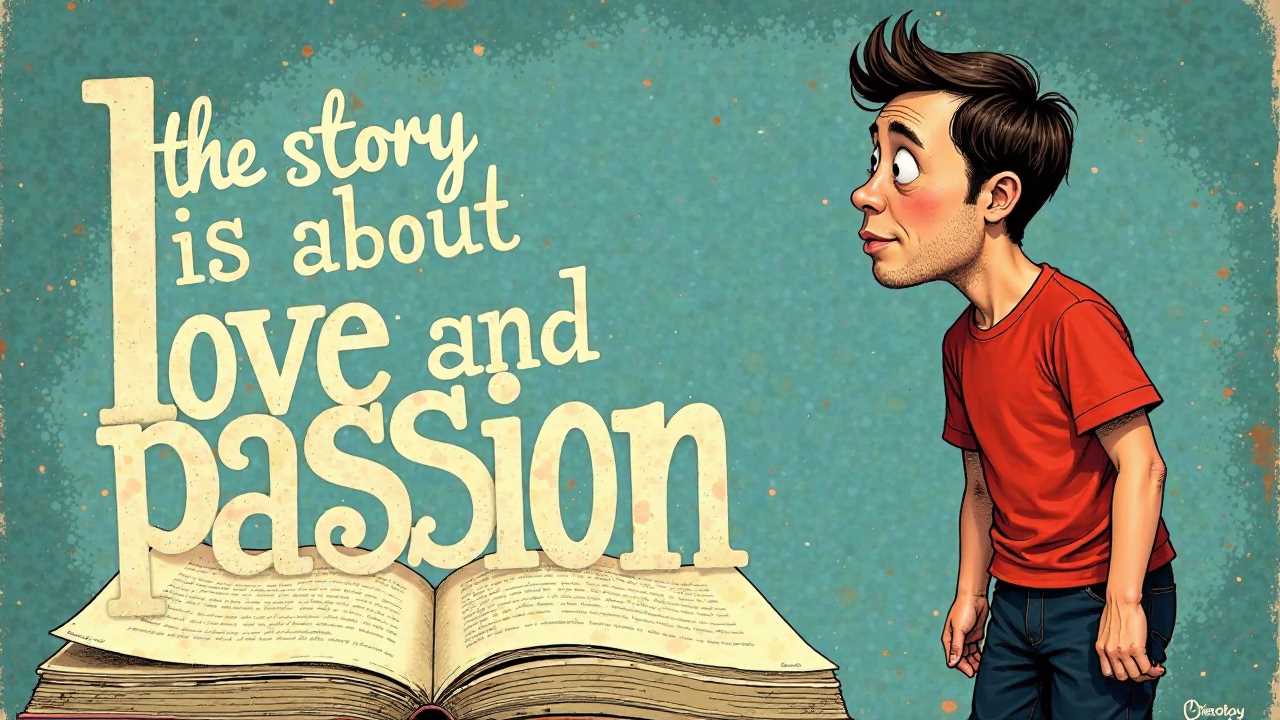
Understanding Character Motivation
Character motivation serves as the driving force behind every narrative. It is the reason characters behave in certain ways, pursue specific goals, and face various conflicts. By understanding character motivation, writers can create authentic and relatable characters that resonate with readers. This article will explore the intricate elements of character motivation, including conflict, desire, backstory, goals, stakes, and transformation.
The Role of Conflict in Character Motivation
Conflict is the heart of any compelling story. It creates tension and propels the narrative forward. Characters often face internal and external conflicts that challenge their motivations. Internal conflict arises from a character's desires clashing with their values or fears. For instance, a character may desire love but struggle with the fear of vulnerability. External conflict, on the other hand, involves obstacles presented by other characters or circumstances.
To master character motivation, we must understand how conflict shapes a character's journey. As characters confront challenges, their motivations become clearer. This clarity allows readers to engage with the character's struggles, rooting for their success or empathizing with their failures. Writers should craft conflicts that are not only relevant but also transformative, leading to significant character growth.
The Power of Desire
Desire is a fundamental aspect of character motivation. It drives characters to take action and pursue their goals. Understanding a character's desires helps writers create multi-dimensional characters that feel real. Desires can range from basic needs, such as survival, to more complex aspirations, like achieving personal fulfillment or seeking revenge.
When crafting characters, it is essential to establish what they want and why they want it. This understanding informs their decisions and actions throughout the story. For example, a character who desires revenge may make morally questionable choices, while a character seeking redemption may strive to make amends for past mistakes. By exploring the nuances of desire, writers can create characters with depth and authenticity.
Backstory: The Foundation of Motivation
A character's backstory is crucial in shaping their motivations. It provides context for their desires, fears, and conflicts. By revealing a character's past experiences, writers can explain why they behave in certain ways and what drives them. A well-crafted backstory enriches the narrative and allows readers to connect with the character on a deeper level.
When developing a character's backstory, consider the following elements: significant life events, relationships, and formative experiences. These factors contribute to the character's current motivations and can create compelling emotional arcs. For instance, a character who experienced betrayal in their youth may struggle with trust issues, influencing their relationships and decisions in the present.
Setting Goals: The Path to Motivation
Goals are the milestones characters strive to achieve, and they are integral to character motivation. A clear goal provides direction and purpose, guiding characters through the narrative. Writers should establish both short-term and long-term goals for their characters, as this creates a sense of progression and stakes.
Short-term goals may involve immediate challenges, while long-term goals reflect a character's overarching desires. For example, a character may aim to win a competition (short-term) while ultimately seeking validation and acceptance (long-term). By intertwining these goals with the character's motivations, writers can create a compelling narrative that keeps readers engaged.
The Stakes: Heightening Motivation
Stakes are the consequences of a character's actions and decisions. They add urgency to the narrative and heighten character motivation. When characters face significant stakes, their motivations become more pronounced, and readers become invested in the outcome.
Writers should establish clear stakes that resonate with the character's desires and goals. For instance, if a character's goal is to save their family, the stakes could involve the threat of losing them. By raising the stakes, writers can create tension and suspense, compelling readers to turn the pages.
Transformation: The Ultimate Reward
Transformation is the culmination of a character's journey and the ultimate expression of motivation. As characters confront conflicts, pursue their desires, and navigate challenges, they undergo significant changes. This transformation is often the result of their experiences and choices throughout the narrative.
Writers should focus on how characters evolve in response to their motivations. A character who begins as selfish may learn the value of selflessness through their journey. This transformation not only adds depth to the character but also reinforces the themes of the story. By showcasing character growth, writers can leave a lasting impact on readers.
Weaving Character Motivation into Your Narrative
Mastering character motivation involves a delicate balance of conflict, desire, backstory, goals, stakes, and transformation. By understanding these elements, writers can create engaging and memorable characters that resonate with readers. As we craft our narratives, let us remember that character motivation is the heartbeat of storytelling, driving the plot and enriching the reader's experience. Through careful consideration of each element, we can elevate our storytelling and create characters that leave a lasting impression.
 Writing TipsCreative WritingJournalingSketching TechniquesBuying GuidesPrivacy PolicyTerms And Conditions
Writing TipsCreative WritingJournalingSketching TechniquesBuying GuidesPrivacy PolicyTerms And Conditions
